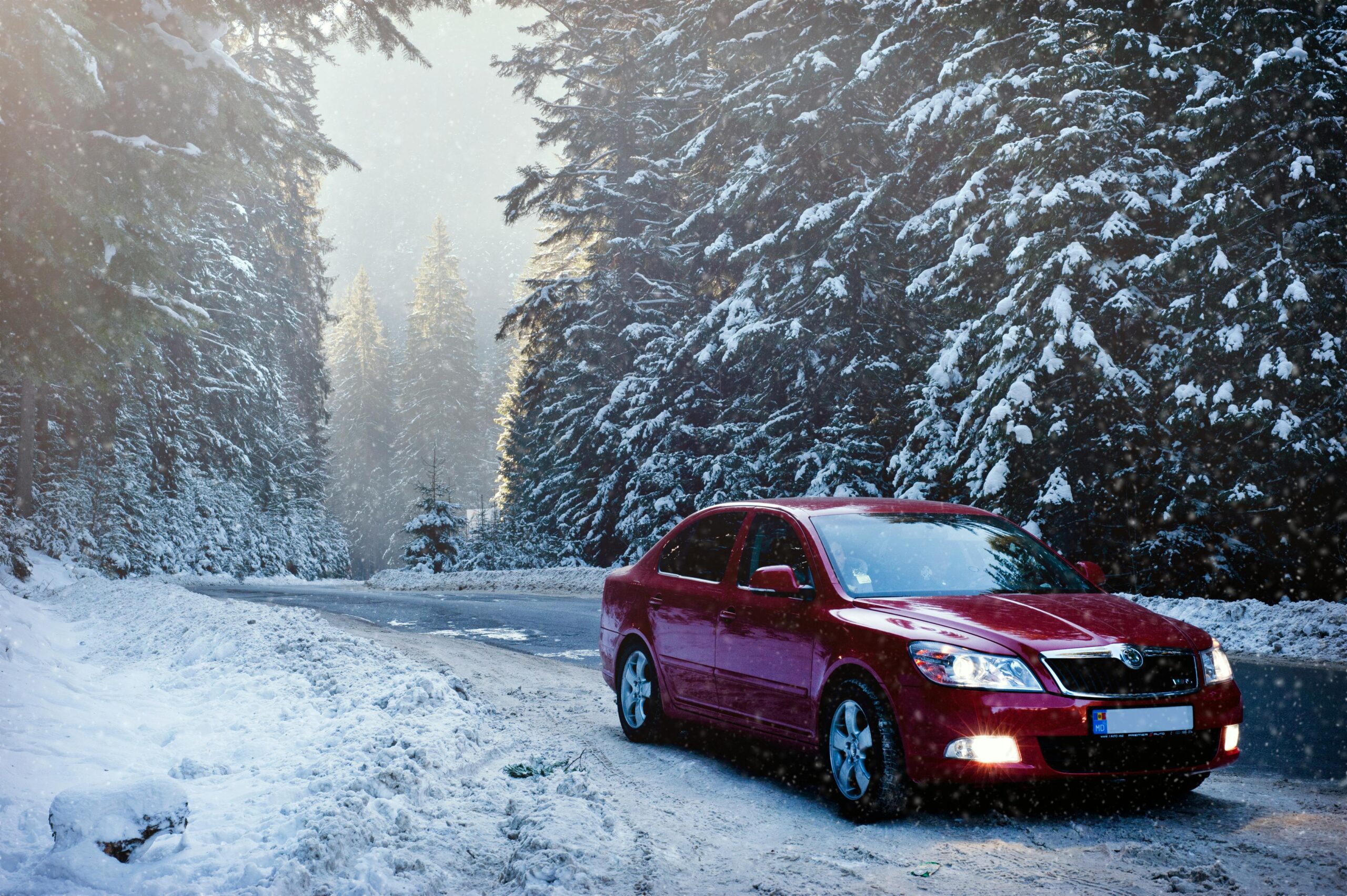Of all the various driving conditions you might face in the different seasons, winter driving is by far the most treacherous and risky. Even a simple trip around the block to the local convenience store could turn into a serious accident. Falling snow covering the street creates numerous hazards, causing a dangerous situation for you and anyone else on the road.
Even people who have lived in this type of weather their entire lives can still have difficulty navigating snow-covered terrain. And for those who are new to it, there are several things that you need to be aware of when learning how to drive in the snow like packing backup provisions. To make it easier on you, here are 5 simple but invaluable tips for how to stay safe in snowy conditions:
1. Make Sure Your Vehicle Is Properly Equipped and Prepared
Before getting on the road in snowy weather, it’s vital to first make certain that your vehicle is adequately prepared. Check your tires to make sure they have the proper inflation and tread depth. You may want to consider changing to snow tires since they are designed especially for better traction and grip in snow and ice.
Next, inspect your windshield wipers and confirm they’re in good working condition. Also, make sure your washer fluid is topped up. Finally, always keep at least half a tank of gas in your vehicle to allow for extra driving time during delays, as well as to keep the lines from freezing.
2. Maintain a Slow and Steady Pace
Another key tip on how to drive in the snow has to do with your speed. In the case of wintery weather conditions, you should significantly reduce your speed from the posted limits. Accelerate and decelerate gradually and in a controlled manner. Increase the distance you keep between you and the vehicles ahead of you.
3. Maintain Clear Visibility
Proper visibility is required for any type of conditions, but it’s especially critical in snow. Clear all ice and snow from your lights, mirrors, windows, and roof before departing. Keep your headlights on, even during the day. Use your turn indicators early to let other drivers know your intentions.
4. Be Ready for Any Emergency
Always keep an emergency kit in your vehicle consisting of:
- Flashlight
- Batteries
- First aid kit
- Water
- Non-perishable food
- Shovel
5. Know When it’s Time to Stay Home
Finally, the best way to avoid winter weather accidents is to not be on the road in the first place. If at all possible, simply stay home when the snow gets too bad. Keep an eye on forecasts and traffic conditions along the route you plan on traveling to know what you’re facing.
Knowing How to Drive in the Snow Saves Lives
Oftentimes in today’s world, news and information sources will use sensationalism and terminology meant to shock and scare readers into clicking or reading further. Everything becomes “dangerous” and “life-threatening”.
However, when it comes to driving in snowy conditions, the fact of the matter is that it actually is quite dangerous and even deadly. By following the tips provided in this article, you can safeguard against these risks and keep you, your passengers, and your fellow motorists as safe as possible.
